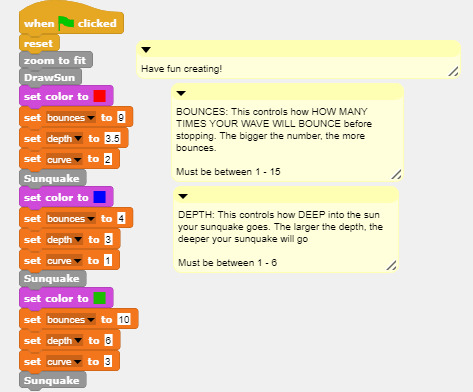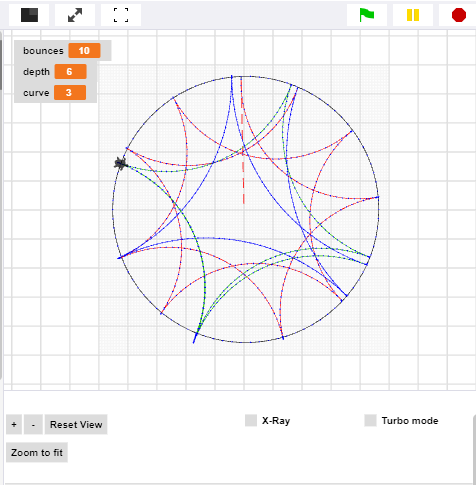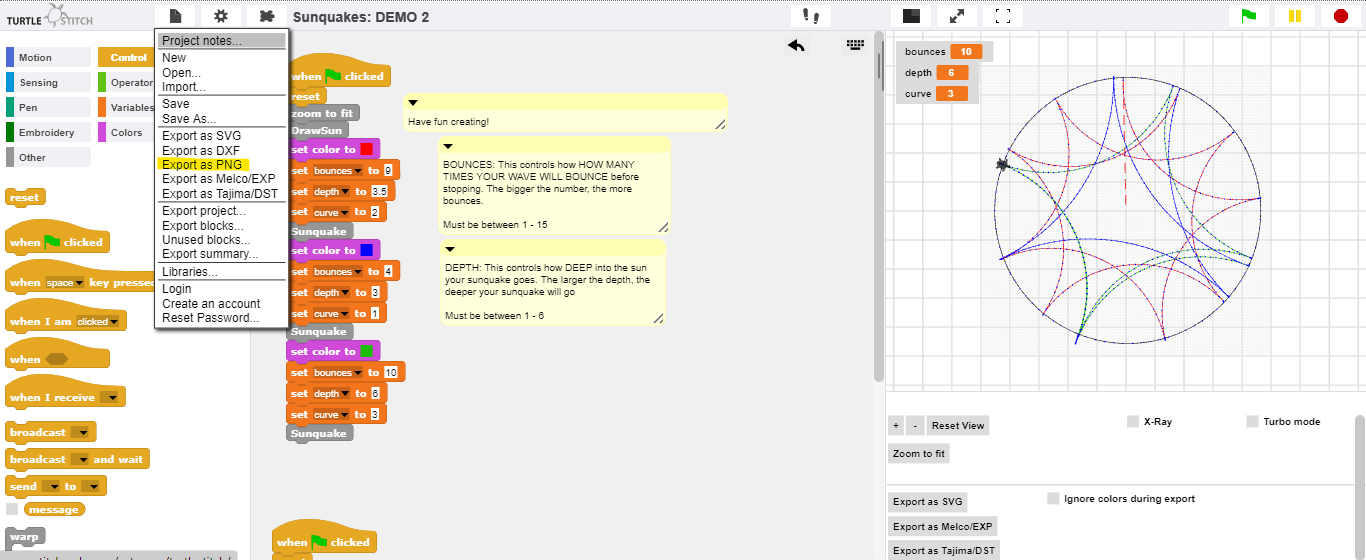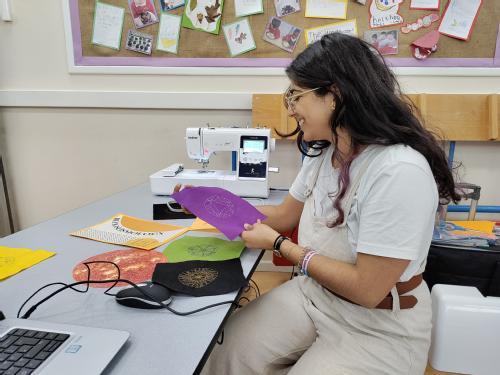Helioseismology
Helioseismology - Tish Mehta
Meet the Academic
What advice would you give to a young people aspiring to get into a STEM Career?
“Stay well-rounded in your interests and see the value in pursuits outside of STEM; a good scientist knows how to collaborate, to communicate their work, to support others, and see their work in the context of a larger picture. Know that you belong and are allowed to take up space.”
Bringing Science to Life
What is Helioseismology?
Every second there are thousands of 'Sunquakes' happening inside our Solar System's favourite star. These Sunquakes are much like Earthquakes and can travel from one side of the Sun to the other, bouncing off the inner surface as it travels. Different Sunquakes can travel to different depths, with some travelling all the way through the Sun's core, and others are confined to just below the solar surface. The field of Helioseismology (where Helio = Sun, seismology= the study of waves) aims to investigate these sunquakes and find out what they can teach us about the behaviour of the Sun under the surface; something we can't directly observe with normal telescope.
There is a common misconception that science and art are on opposite ends of some spectrum when they are naturally complementary fields. By creating tactile art using models from our own Sun we can show how interconnected physics and beauty are, and in doing so we break down some of the assumptions we have about the role of STEM in society. I hope people can come away from this exhibit feeling more connected to our solar system with a sense that creativity is an asset for anyone interested in science.
How to make your own sunquake
We can visualise what these sunquakes look like using Turtlestitch. The visualisation shows the paths the sunquakes trace if you were to get a cross section of the sun, i.e. if you sliced it open down the middle. Although there are thousands happening every second, we're only going to design three.
For each of the 3 sunquakes you can choose values for Bounce, Curve, and Depth. We recommend choosing numbers between 1-15.
- Bounce: Number of bounces each sunquake does.
- Curve: how curvy you want the sunquake to be. A larger number = a bigger curve
- Depth: How deep you want the sunquake to go into the Sun. A larger number goes deeper into the sun.
How to use the Turtlestich program:

3. When you are ready to see your design, press the green flag on the right hand side and watch the sunquake going through the sun.


To explore this concept further:
- See what happens if you make curve and depth the same, or multiples of each other.
- See what happens if you use integers vs. decimals.
- Can you make a star?
We have more resources on Turtlestitch available to explore.
Bringing Science to Life resources was created by interns: Seorin Park and Laura Lotkowska.

